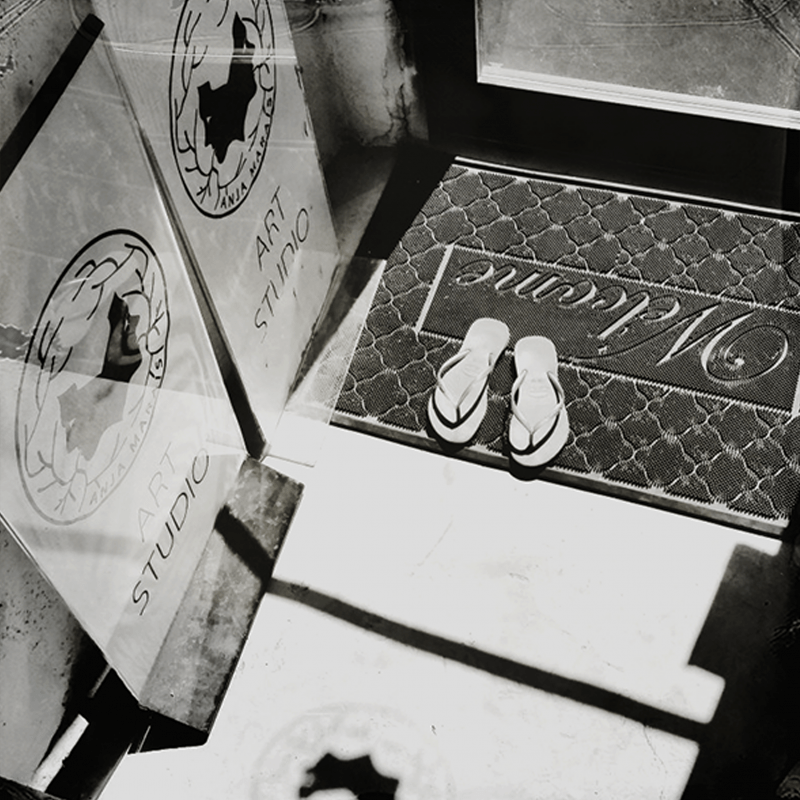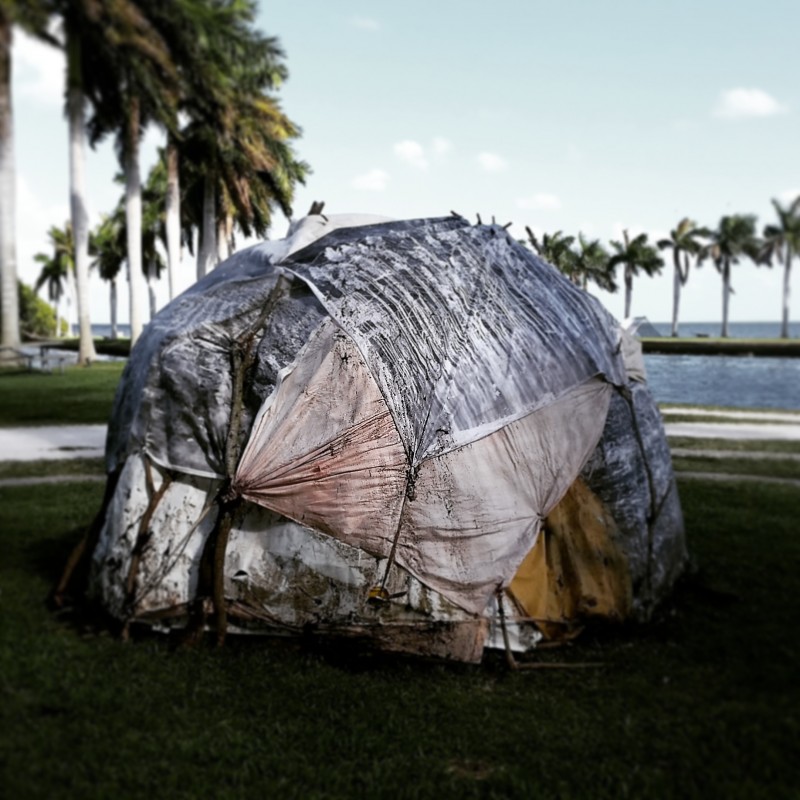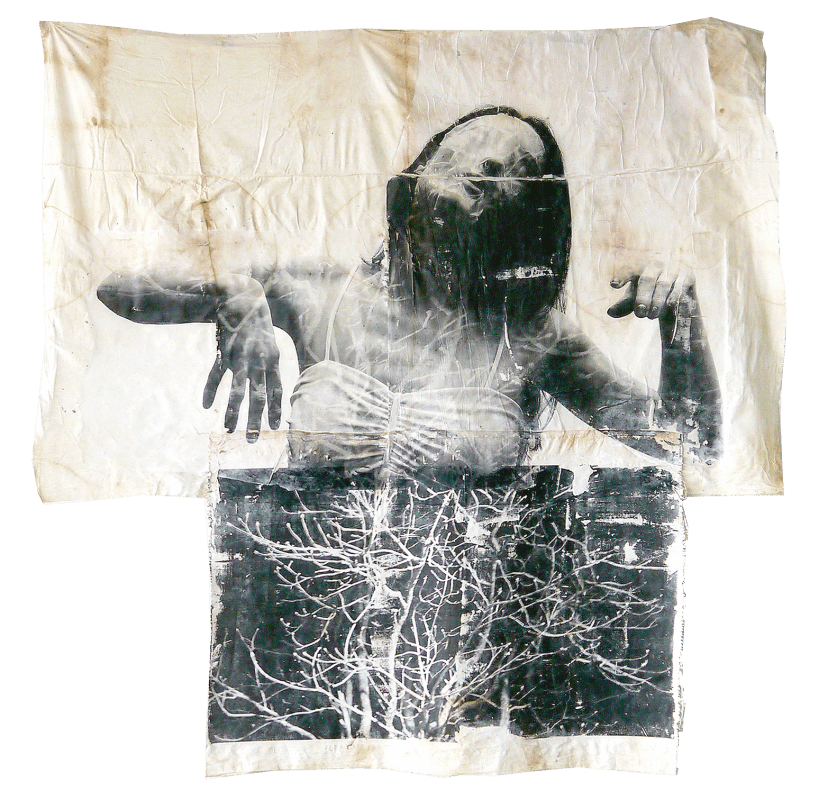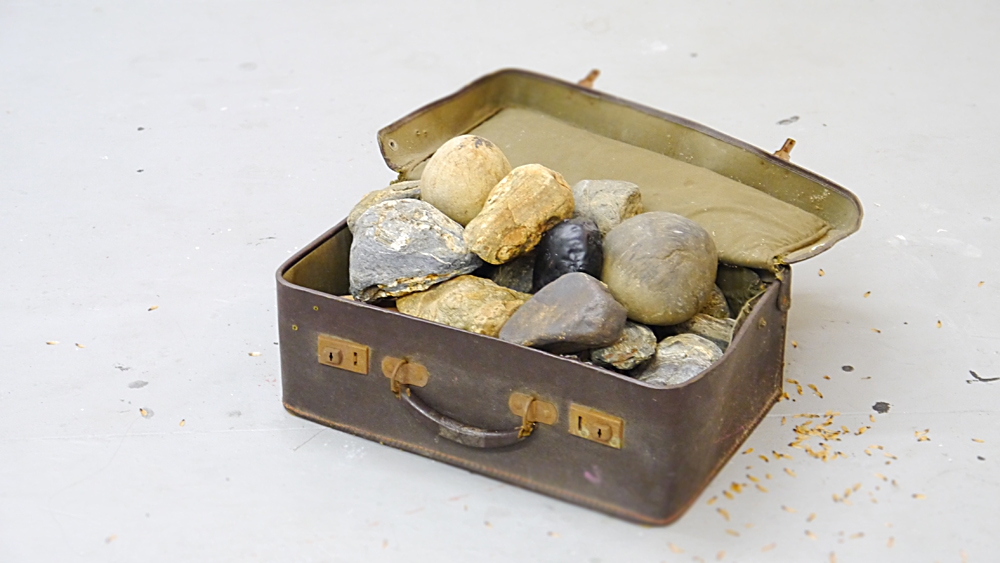Annual Open Studio 2016
Anja Marais cordially invites you to an art viewing at her studio. Viewing includes her newest works. Art studios by neighbor artists will also be open to the public: Babette Hershberger, Kerry Phillips, Christian Bernard, Olivier Dubois-Cherrier and Ana Carballosa.





